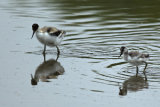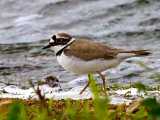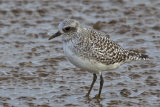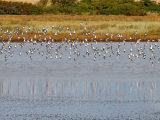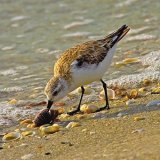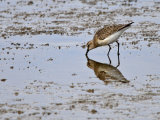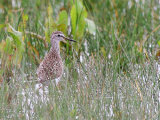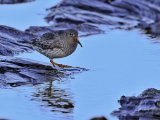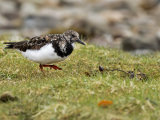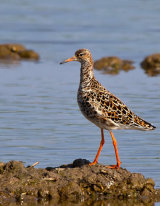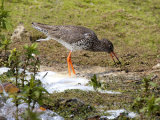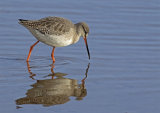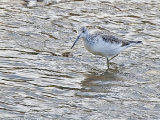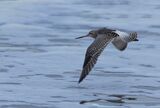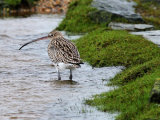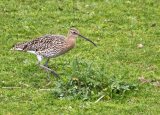Waders
Plovers.
One of the largest groups within the ‘waders’ or shorebirds. Quite short to long legs, but short bills; feed with characteristic run-stop-tilt forward action on areas of open sand, mud, shingle, bare earth or short turf. Lapwings have broad, rounded wings, plovers have pointed wings.
Plovers may be separated into smaller groups, including the ‘ringed’ plovers (several species worldwide, two in the UK) and the ‘golden’ type, with spangled upperparts and extensive areas of black beneath in breeding plumages.
Many are long-distance migrants and several can be found in large flocks on dry ground, well away from water.
For more information click here
Sandpipers and Allies.
Large group within the 'waders' or shorebirds, with several distinct sub-groups. Sandpipers are small to medium-sized, quite long-billed birds, from stints and dunlin types to long-legged ‘shanks’ and 'true' sandpipers, including the green sandpiper. Generally shoreline birds, some wading in shallow water, while others feed on rocky shores. Godwits are larger, longer-legged, longer-billed.
Curlews and whimbrels, of which there are several species worldwide, have downcurved bills and mottled brown plumage. Many of these waders are among the world’s greatest long-distance migrants, travelling annually from the Arctic to the southernmost tips of South America, Africa and Australia.
For more information click here
Stilts and Avocets.
Elegant, long-legged wading birds; stilts (rare in the UK) have especially long, slender legs with short toes and needle-like bills, while avocets have slender, upcurved bills adapted for a sideways sweep across the surface of wet mud or through shallow water to find food.
Essentially black and white birds, strikingly patterned, living on shallow lagoons and lakes, saltpans and similar areas, and, in winter, on muddy estuaries.
For more information click here
Text (c) RSPB, used with permission
One of the largest groups within the ‘waders’ or shorebirds. Quite short to long legs, but short bills; feed with characteristic run-stop-tilt forward action on areas of open sand, mud, shingle, bare earth or short turf. Lapwings have broad, rounded wings, plovers have pointed wings.
Plovers may be separated into smaller groups, including the ‘ringed’ plovers (several species worldwide, two in the UK) and the ‘golden’ type, with spangled upperparts and extensive areas of black beneath in breeding plumages.
Many are long-distance migrants and several can be found in large flocks on dry ground, well away from water.
For more information click here
Sandpipers and Allies.
Large group within the 'waders' or shorebirds, with several distinct sub-groups. Sandpipers are small to medium-sized, quite long-billed birds, from stints and dunlin types to long-legged ‘shanks’ and 'true' sandpipers, including the green sandpiper. Generally shoreline birds, some wading in shallow water, while others feed on rocky shores. Godwits are larger, longer-legged, longer-billed.
Curlews and whimbrels, of which there are several species worldwide, have downcurved bills and mottled brown plumage. Many of these waders are among the world’s greatest long-distance migrants, travelling annually from the Arctic to the southernmost tips of South America, Africa and Australia.
For more information click here
Stilts and Avocets.
Elegant, long-legged wading birds; stilts (rare in the UK) have especially long, slender legs with short toes and needle-like bills, while avocets have slender, upcurved bills adapted for a sideways sweep across the surface of wet mud or through shallow water to find food.
Essentially black and white birds, strikingly patterned, living on shallow lagoons and lakes, saltpans and similar areas, and, in winter, on muddy estuaries.
For more information click here
Text (c) RSPB, used with permission

